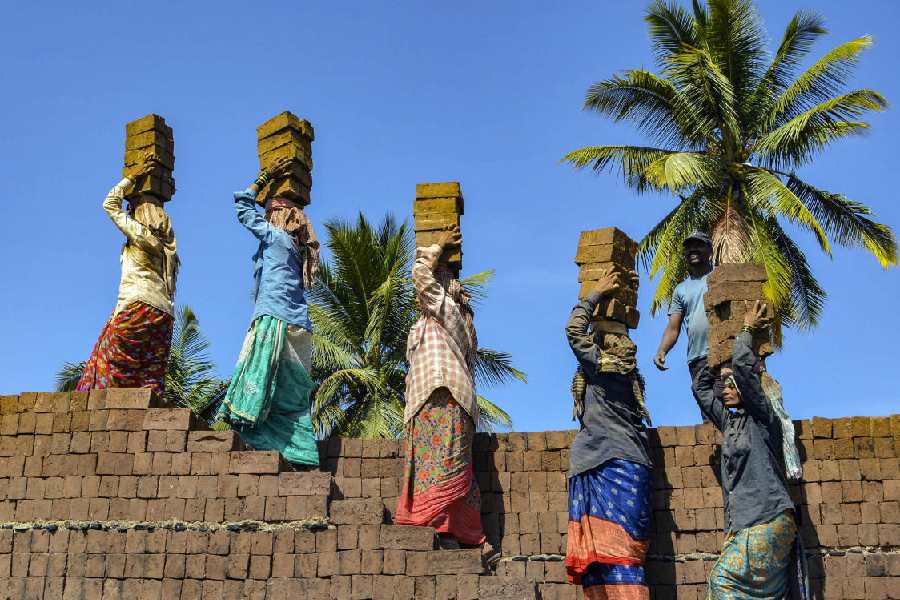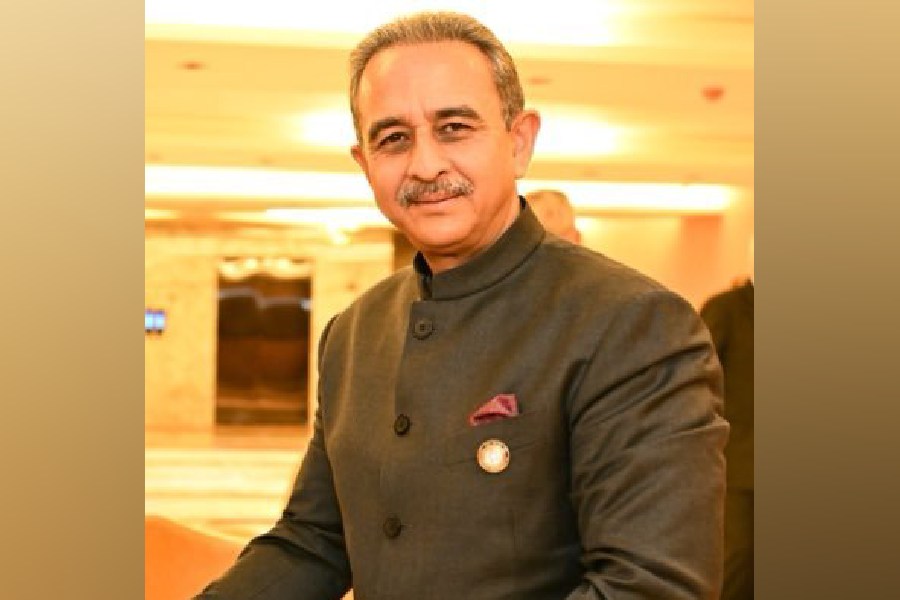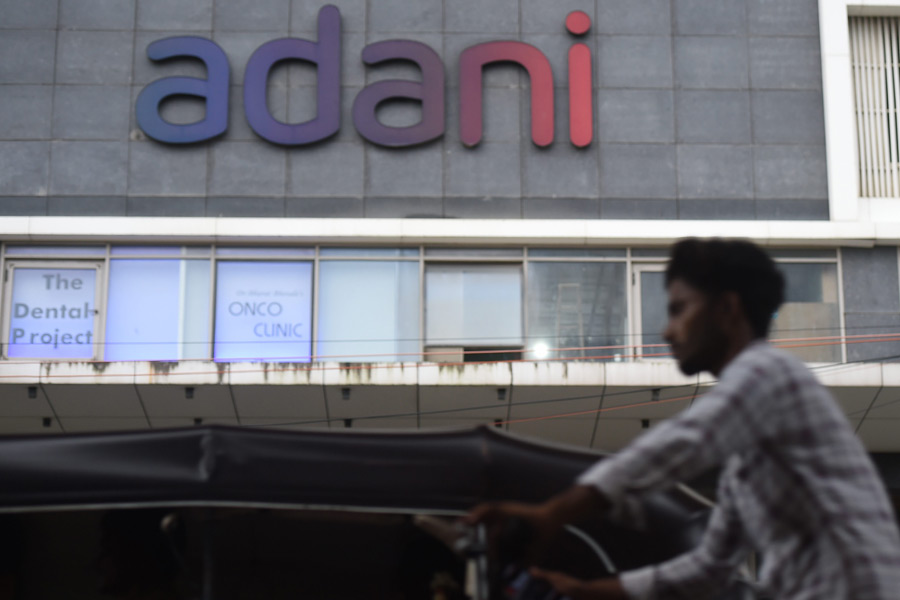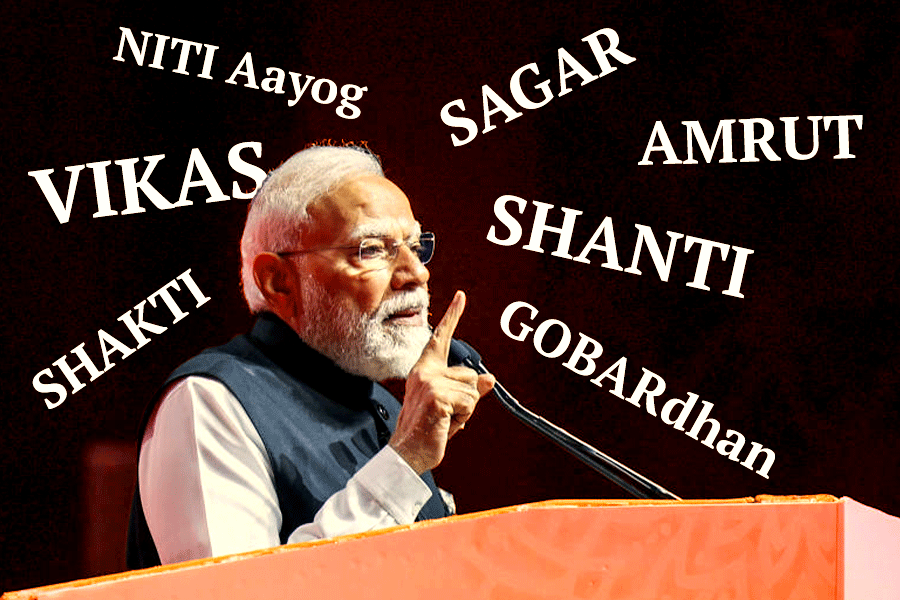Nirmala Sitharaman began her budget speech on Saturday with a thrilling announcement for women.
The finance minister said that the government aims at 70 per cent engagement of women in economic activities, as one of the six key aspects of “Viksit Bharat”.
This would involve almost a doubling of the current rate of women’s workforce participation and place India among the countries with the highest proportions of women participating in the economy. Sitharaman also said that nari, the poor, the youth and farmers, were the main categories of people that the budget was focusing on.
She, however, did not say much about women any more, other than mentioning them two or three times in the rest of her speech.
This reticence may be a little strange coming from Sitharaman who, as a National Commission for Women member, had introduced in India the idea of Gender Responsive Budgeting (GRB), a feature of countries with progressive economies. Or perhaps it is not strange, since the budget has never really responded much to gender since her appointment as finance minister though she is the first full-time woman finance minister of India.
India’s female labour force participation stood at 41.7 per cent in 2023-24, according to official estimates. The rate is a crucial indicator of a country’s development and India has been highlighting it like a trophy at international platforms, claiming that the score shot up rapidly from 23.3 per cent in 2017-18 in the following years.
But gender-responsive budgeting is not just about figures on women. It requires a holistic strategy that allows all budget concerns to be seen through the gender lens. To achieve this, the budget should articulate, prioritise and allocate money, as one expected from Sitharaman’s speech.
“No major announcements followed in the finance minister’s speech, corresponding to the ambitious goal stated in the beginning, of achieving 70 per cent women’s economic participation. For bringing more women into the workforce, from the perspective of the budgetary exercise, there should be more focus on measures such as developing good quality childcare facilities, working women’s hostels and safety in public places,” says Nalini Gulati, the editorial adviser of Ideas for India, an economics and policy portal of the International Growth Centre, based at London School of Economics.
The budget speech did mention a ₹2 crore term loan for women, Scheduled Castes and Scheduled Tribes. “For 5,00,000 first-time entrepreneurs, including women, ST and SCs, a new scheme to be launched to provide term loans up to ₹2 crore during the next five years,” Sitharaman said. But both the increase in the number of working women and the idea of women as entrepreneurs need to be seen critically.
Female labour participation has gone up in recent years partly because of better measurement of women’s work as helpers in household enterprises in rural areas. Rural “self-employed” women, who were counted, boosted
the figure.
“This recent increase in female labour force participation could not be due to a sudden increase in work availability in rural areas, as we do not observe any corresponding spikes in the labour force participation rates of rural men,” economist Ashwini Deshpande, who teaches at Ashoka University, wrote in an article.
Neither is it clear if the women are self-employed out of choice. “We know that a significant amount of urban regular work for women is in less desirable and relatively poorly paid activities such as domestic work and precarious informal work without any legal or social protection,” economist Jayati Ghosh wrote in an article on The India Forum published on January 15.










